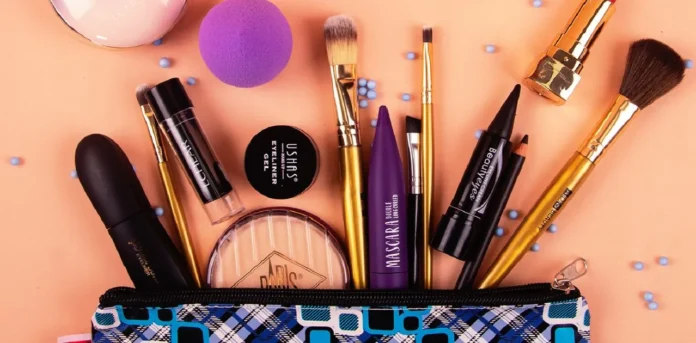Esteé Lauder Advances Towards Sustainable Packaging Milestones
Taking a significant step towards sustainable development, The Esteé Lauder Companies (ELC) has pioneered a closed system in North America to recycle the MAC signature black plastic with Back-to -MAC takeback system up, for inclusion in new packaging The product is part of ELC’s broader commitment to developing sustainable products, a priority for a company known for its products it’s the beauty brands focus on.
A company in the beauty industry since 1946, ELC is renowned for elegance, luxury and quality in fragrance, hair care, skincare and makeup With more than 20 brands under the umbrella and available in more than 150 countries, ELC is well positioned to drive global sustainability efforts.
ELC’s Ambitious Sustainability Goals for 2025 and Beyond
By 2020, the ELC set ambitious sustainability goals. By 2025, it aims to fill 75% to 100% of its packaging by weight with at least one of the “5 Rs”: reusable use, reloadable, reusable, reusable, or recyclable Furthermore, ELC by 2025 recycled post-consumer (PCR ) products Ordered pledges to use 25% or more and reduce the use of virgin plastic by 50% by 2030
Achieving these goals in luxury products, where high-quality packaging is critical, presents unique challenges. ELC’s brands include Aerin’s premium fragrance, Clinique’s dermatologist-guided skincare, Aveda and Origins’ plant-based products, and Smashbox’s vegan, cruelty-free makeup Consumers expect beautiful, functional, often patterned products if it is wonderful, things And there, which there is not easily recycled.
Robert Peterson, Senior Vice President of Global Packaging & Engineering at ELC, emphasizes the importance of packaging in the beauty market. “Packaging is an important part of the consumer offering. It has a high performance value, especially for makeup application, and an important luxury badge value,” he says. “Customers love the product and want to see it.”
Balancing durability and aesthetic properties, ELC faces obstacles such as specialized printing processes, bulk materials, and small sizes that are not compatible with traditional recycling Compared to plastic not virgin, it may be difficult to use due to mechanical or cosmetic changes.
Despite these limitations, ELC recognizes sustainability as a strategic imperative. “That’s why we hit our 5 bucks,” Peterson explains. “We wanted to offer our brands options for sustainable packaging.”
In developing its 2020 goals for packaging sustainability, ELC relied on comprehensive SKU-level analysis rather than best wishes. “We used the data to do a top-down evaluation, to evaluate how many packaging materials could infect the glass, potential replenishment pathways, and PCR,” notes Peterson which is added.”
By 2023, ELC reported that 71% of packaging meets the Rs 5 standard. This growth is largely due to the development of new product lines (NPLs) with sustainability in mind. Peterson says, “25 to 30% of our sales come from NPLs established over a 12-month period. We are taking the opportunity to add one of the Rs 5 to new products instead of redesigning old packaging.” .”
To guide its team on sustainable design, ELC developed a guide to sustainable packaging. These include definitions, product selection guides, and Q&As to provide clear guidelines for increasing packaging sustainability.
Advancing Sustainability: ELC’s Innovative Approach to Closed-Loop Recycling
ELC’s closed-loop recycling system for MAC’s black plastic is an important step in its journey towards sustainable development. By embracing innovative solutions and robust data analytics, ELC continues to balance luxury and environmental responsibility by setting high standards in the beauty industry.

